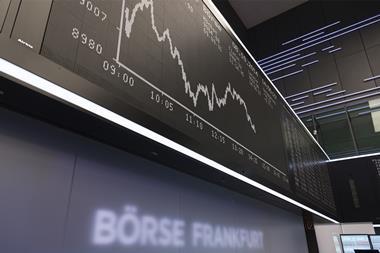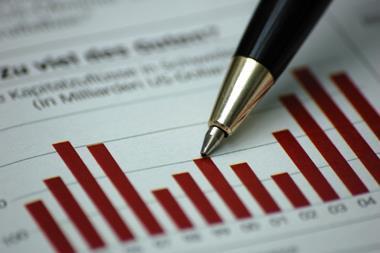The board of directors at the Swiss pension fund association ASIP has given its approval to the reform of the second pillar pension system passed by parliament in March.
The go-ahead comes after weighing up positive and negative aspects of the reform, and after surveying the members of the association, it said in a statement today.
ASIP has achieved its main goal of pushing through a decentralised mechanism within the second pillar to fund compensations for members seeing the conversion rate used to calculate pension pay-outs – Umwandlungssatz – reduced, it said.
Pension funds that have built up enough reserves can use them to finance the measure, one of the main building block of the reform, it added.
“The reform aims to strengthen the financing of the second pillar, to maintain the overall level of benefits and to improve security for part-time employees – and thus in particular of women,” ASIP managing director Hanspeter Konrad said.
The parliament agreed in March to cut the conversion rate used to calculate pension pay-outs from 6.8% to 6%, compensating 15 cohorts caught in the transition to the new system – so-called transitional generation – with a lifelong supplement on the occupational pension.
It has also decided to lower the threshold to join a Pensionskasse to a salary of CHF19,845 per year, from the current annual salary of CHF22,050, meaning that a further 70,000 could become pension fund members.
The reduction of the threshold to join a Pensionskasse would benefit mostly part-time employees, and employees with multiple jobs.
“A positive aspect [of the reform] is that the proposal protects the overall level of benefits in the mandatory [part] of the second pillar system, and, above all, improves protection for part-time employees. This leads to a modernisation of the pension plans,” Konrad added.
ASIP has been involved in the legislative process, considering the reform of the second pillar “necessary and urgent”, but criticising the redistribution mechanics between generations, within the second pillar, and compensations for the so-called transitional generation.
Compensatory measures, it said in statement published in March following the approval of the reform by the parliament, leads to a “massive and expensive expansion of pension benefits”, with costs that are imposed on younger generation, and an “extremely complex” implementation increasing administrative costs for pension funds.
The latest survey has showed that ASIP’s members continue to consider compensatory measures critically, while supporting steps to cut costs.
Lowering the threshold to join Pensionskassen, allowing potentially a larger number of part-time employees to pay contributions to pension funds, instead, has been an element of the reform package persuading ASIP’s members to support the decision taken by the parliament earlier this year.
Lowering the conversion rate for the mandatory part of the second pillar, meaning annual wages in the rage of CHF22,050 to CHF88,200, takes into account economic and demographic challenges, it added.
The Swiss Federation of Trade Unions, SGB USS, will challenge the reform approved by the parliament in a referendum that could take place next year.
ASIP has started a fact-checking to debunk incorrect information on the second pillar reform, leading up to what it is expected to be a fierce, public debate paving the way for the public vote.
“Now that parliament has given its “yes” [to the reform], it is a matter of explaining the framework and its content objectively and comprehensibly to [second pillar] members and to the general public by means of a campaign, primarily conducted digitally,” Konrad said.
The latest digital edition of IPE’s magazine is now available

















No comments yet